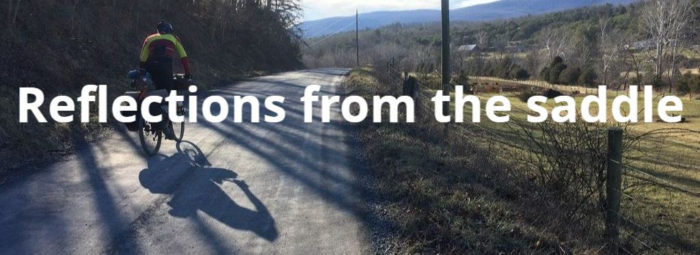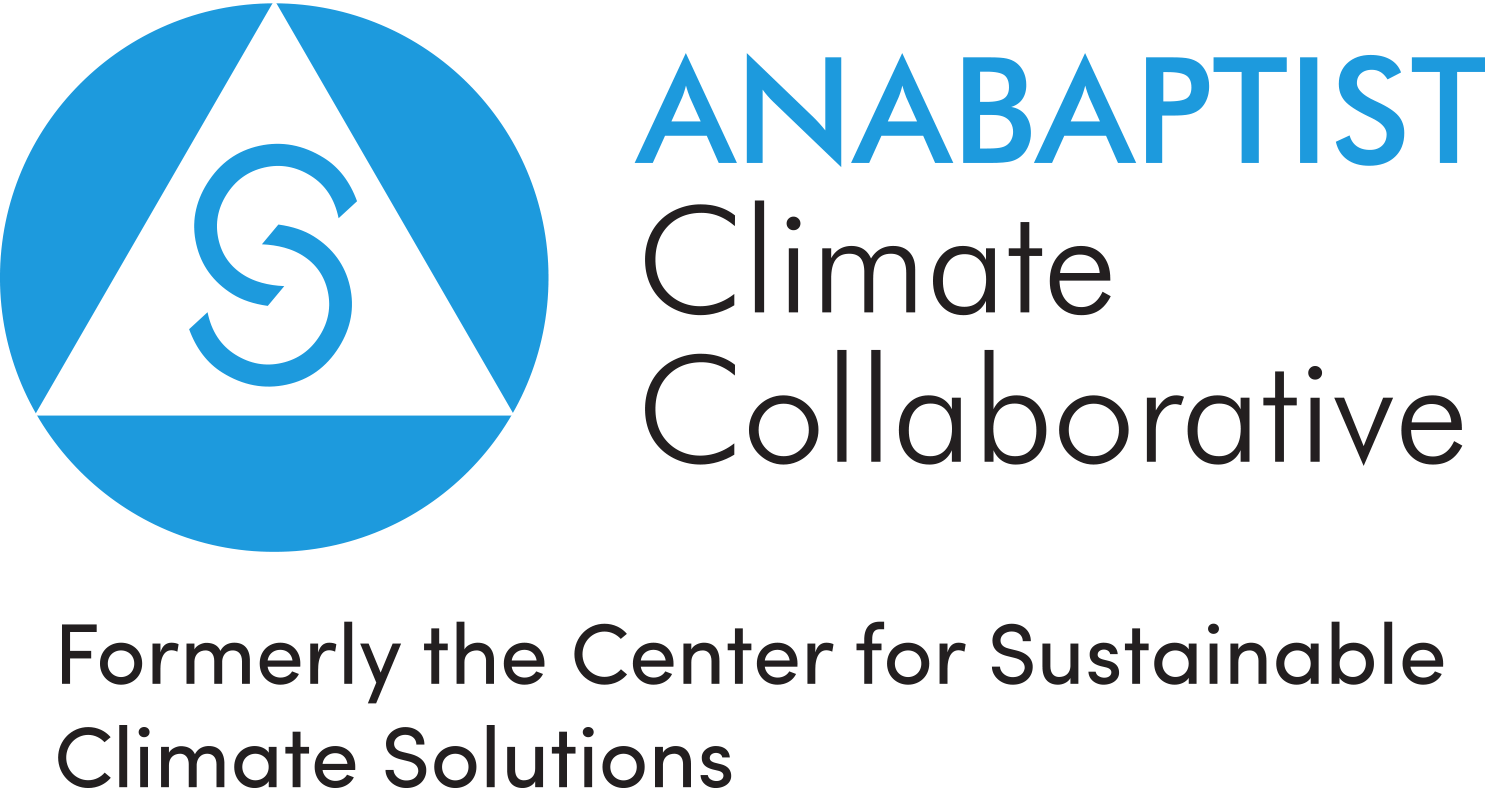
By Mary Ann Conrad
‘A home grown national park’
Glenview, IL, July 11
I took a few days off from the Center for Sustainable Climate Solutions bicycle ride to visit my friends Janelle and Omar Landis-Kheshgi in the northern Chicago suburb of Glenview, Illinois where they have created in the vein of Douglas Tallamy’s movement a “home grown national park.”
On a quiet sidewalk lined street, their quarter acre property on Parkview Road is truly an oasis of natural beauty where birds and butterflies thrive alongside fruits and vegetables, a habitat corridor that attracts not only wild life but passing neighbors who may pick up free gifts of surplus squash and tomatoes. “We have several spots where you can just sit, watch, listen, and lower your blood pressure,” says Janelle.
As we sit on the screened in porch eating soup made from fresh garden vegetables, a house wren warbles liquidly from the tree outside. We had just toured the outdoor landscape together where Janelle and Omar’s relationship to their natural world is evident and inspiring. “Oh, look at this… “ Even they, with their intimate relationship to each living plant and its carefully placed label, welcome surprises with childlike joy.
I wander with camera in hand past tall milkweed and elderberry and am transported to my childhood spaces in eastern Pennsylvania where Janelle and I grew up. So much has changed in American landscaping since our parent farms of the 50’s dissolved into suburbia. Omar laments the local garden club’s dependency on garden center plants rather than native species.
“A person doesn’t want to be a plant collector, but a natural member of an eco-system,” he says.
Janelle gently upturns the thin leaf of a Whorled Milkweed to show me a Monarch egg. We move over to the Prairie Milkweed to see the larvae which she determines, after consulting her guide, to be a 2nd Instar. Janelle is registered with The Chicago Field Museum Monarch monitoring Project where she reports on her Monarch larva regularly. This year the count is down. An adult flits above the 8 species of milkweed planted on this oasis and feeds on the tall Joe Pye Weed that almost hides the neighbor’s house.
Although the strawberries are over, I feast on raspberries, blueberries and the last apricot of the season. Apples, pears, and peaches hang heavy and green on the branches of fruit trees around whose feet wild flower seeds sprout. Tomato plants line the south side of the house in tall wire cages. The back garden sports rows of beans, squash, cucumbers, and more—my mother’s, Janelle’s mother’s gardens in less miniature than I’d have dreamed given the space differences. Across a generation I feel, I smell pure love of the land and love that moves out to share abundance. As I write, Janelle arrives with a steel bowl loaded with the first cucumber, string beans, sugar peas, summer and patty pan squash—our lunch salad will be incredibly blessed.
I hear Janelle talking by phone with her 100 year old mother back in Pennsylvania celebrating together the amazing bounty, Janelle describing in detail the wealth in her silver bowl. I think about this place, this small plot of land, Omar’s parents’ home that he has loved for many years and now nurtures so tenderly. If you get him started, this quiet man will talk on and on, “rant” he calls it, about his concerns for our natural world and our relationships in it.
This small unassuming place, is an appropriate stop along my climate ride journey. These ordinary people who have raised their family, celebrate grandchildren, and now focus their energy on their garden and the names of each precious plant, they are the ones who can speak to us about climate change and the changes we need to make to address it. I thought I was coming for respite from heat and campsites awash in the noise of highways, RVs, and street lights. I thought I was leaving the climate ride only to find that I am where we are slowly learning we need to be, focused less on covering miles and more on savoring place.
Here I have found indeed a homegrown park, a space where humans, plants, birds, and insects share an Eden I would not have imagined possible. If we are to take seriously Janelle and Omar’s challenge to live as one in our little ecosystems, there would be fewer jets required to fly us around the world in search of landmark selfies, and we would perhaps retrain our ears to hear the white throated sparrow’s song, our eyes to recognize the little black feelers on the Monarch caterpillar’s head. I had to look twice to really see, and then all the tiny black lines of the marvelous larvae’s body jumped into focus, the fragile monarch to be.
Our future and the future of the butterfly are connected. As I watch Janelle and Omar in their habitat I think of Adam and Eve naming things, giving them labels and space to grow. I remember our parents and grandparents’ staying close to home and close to the land as they nurtured us. Somewhere along the way, we lost more than we realize in claiming wealth that is not wealth, in assuming we can go anywhere, know all, and own what was never meant to be owned, this garden our earth.

